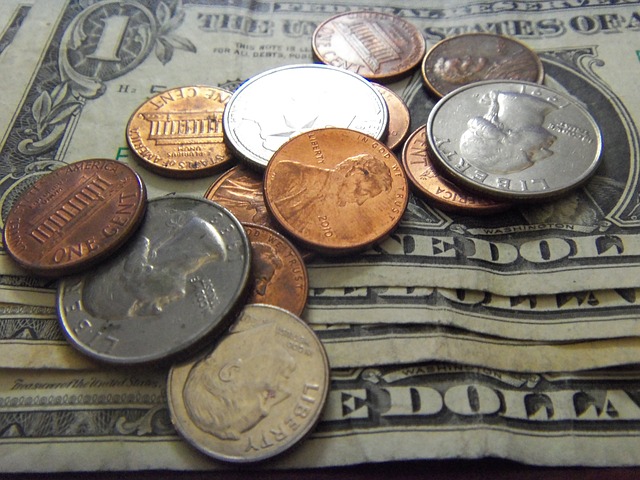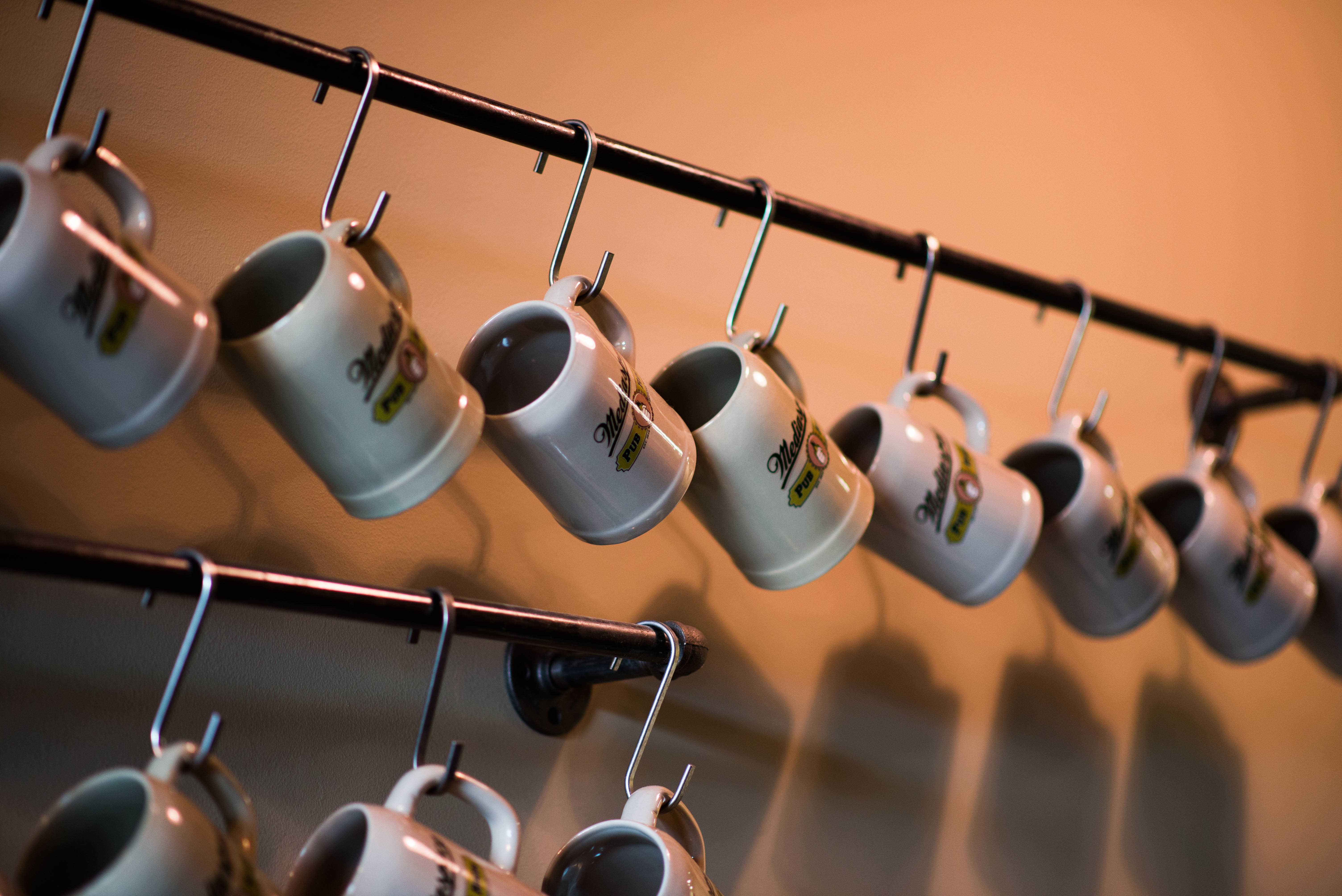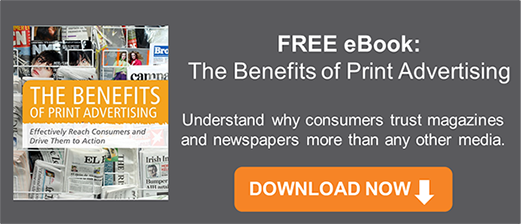If you’ve spent any time reading this blog you know we sing the praises of newspaper advertising. We don’t just sing them because we have a lovely voice (though it’s what we’ve been told). We do so because we see on a consistent basis with our own clients how effective newspaper ads are at reaching a target audience, grabbing their attention, and getting them to take action.
If you’ve been considering placing newspaper ads for your business, here are seven simple steps that will help you create profitable print ads.
Step 1: Set Your Budget Carefully
In order to make a profit you need to be sure you get a solid return on your investment. You’ve also got to make sure you can afford that investment in the first place. Don’t fall into the trap of thinking you have to spend your entire ad budget or at least as much as your competition to get a healthy return.
What your budget should be based on are your goals and projected sales over the coming year. A good rule of thumb is to spend 10% of your gross sales for the year (if you are just starting out and trying to establish yourself) and between 5-7% each year after that.
Step 2: Plan Your Ads in Advance
Never think of advertising as a one-off endeavor. Each ad must fit into the overall storyline of your company. If you create one ad… and then another… and then another… you are apt to change direction with your messaging and confuse your audience.
It’s best to plan and develop your ads six to twelve months in advance so you deliver a consistent brand message that will build customer confidence.
Step 3: Write Your Copy with the Customer in Mind
Successful print advertising means writing copy that speaks directly to your potential customers, and this means focusing on the benefits and not the features of your product or service. In case you’re not clear on the difference between the two:
- A feature tells people what your product or service does (gets 35 miles per gallon)
- A benefit tells people how your product or service will make their lives better (you’ll save money on gas so you can put in that pool your kids keep bugging you about)
You’ll also want to define your unique selling proposition and get this point across in your ad, especially in  the headline. What makes you better than the competition? Are you open weekends? Do you provide free wifi? Free estimates?
the headline. What makes you better than the competition? Are you open weekends? Do you provide free wifi? Free estimates?
Don’t be cute with your headline. Be direct and to the point. The goal of your headline is to get people to come into your store.
And finally, make sure each one of your ads has its own specific goal, and then write your copy to ensure it supports that goal. And always, always, always tell the reader what to do with a clear call to action such as, “Stop in this week for our buy one get one special.”
Step 4: Build Audience Recognition through Design
Once you’ve decided on your central message and created copy with your customer in mind it’s time to design your ads so they have a consistent look and feel. By staying consistent with font, ad size, colors, etc., you will build audience recognition.
If you want a great looking ad but are on a tight budget, consider hiring a professional designer to create an ad template which you can tweak for all future ads. This way your ad will look professional and consistent, but you don’t have to pay each time.
A few things to keep in mind when designing your ads:
- Borders draw the readers’ eye to your ad.
- Use only one typeface. If you want to add impact here and there, simply use a larger point size. By using too many typefaces your ad will look sloppy and unprofessional.
- Don’t try and get too much information in by using a type that’s so small no one can read it. Make sure your type size is at least as big as the type used by the newspaper for its editorial content.
- Leave enough white space so your copy can “breathe.”
Step 5: Choose the Right Newspaper
Depending on where you live, your local town or city may have multiple newspapers such as metro papers, college papers, local papers, weekly papers, etc. all vying for your advertising dollars. So how do you choose the right one?
 The first piece of data you’ll want to take a look at is reach or the number of people in your particular demographic who read that newspaper. Your ad rep will be able to provide you with circulation stats that will be broken down into demographics like gender, age, and income.
The first piece of data you’ll want to take a look at is reach or the number of people in your particular demographic who read that newspaper. Your ad rep will be able to provide you with circulation stats that will be broken down into demographics like gender, age, and income.
You’ll also have to consider price. Determine each paper’s “cost per thousand” or “CPM.” This will tell you how much it’s going to cost you to have your ad viewed by 1,000 in each of the papers you’re considering.
And finally, you’ll want to inquire about any special discounts each paper may offer. For example, some metro papers publish separate zone editions for different areas of the city. So, if you advertise in one particular zone, you may reach a significant share of your readers but at a fraction of what you’d normally pay. Other newspapers may offer decent discounts if you sign a contract or buy a certain amount of ad space per year.
Step 6: Decide on the When and Where
You’ll next need to determine which position in the paper and which day of the week is best for your ad. There are general newspaper advertising consistencies to help you know which day will work for your particular industry. For instance, Wednesdays are typically the day food stores run all their specials. Fridays are generally crowded with entertainment ads. Thursdays are “retail day” and a good time to grab the attention of shoppers who are planning their weekend shopping trips. And on Sundays people lay in their pajamas and leisurely read most sections of the paper.
As far as the position of your ad, since it will most likely be on the smaller side (unless you happen to have a very large marketing budget) finding that sweet spot is key to your success. You can either request “ROP” (run of the paper) or “preferred position.” ROP is less expensive, but it means the newspaper will place your ad wherever they determine it fits. Preferred position means you select exactly where your ad will go.
Unless your budget is incredibly tight, always opt for a preferred position and know that the best place to be is on a right-hand page and above the fold when it comes to print advertising. The main news section is typically your best bet to get the most eyes, but remember who your target audience is and choose the section (entertainment, sports, fashion) that makes the most sense.
Step 7: Test and Tweak
You’ll never get the greatest return if you don’t test and tweak your ads, newspaper, day of the week, and placement. Test your headlines, test your ad size, try to run your ad on a Thursday instead of Friday, take your ad out of the main news section and put it in the entertainment section. Many marketers see testing as such a chore which is the wrong mindset completely. Instead, think of testing as an absolute way to increase your profits. You may think you’re fine with a 5% return, but wouldn’t a 10% return be much better?
Once you have tested and found ad gold, keep that ad running. Remember, in advertising, consistency plus repetition means sales. By the end of the year you will have discovered what we have been saying for many years now: print advertising is a low-cost and highly-effective way to get the biggest returns.
RELATED POSTS:
- 5 Reasons Print Media Should Be Part of Your Marketing Mix
- Newspaper Inserts vs. ROP Ads: Which Offer More Benefits?
- The Death of Print Has Been Greatly Exaggerated
Image credit: Pixabay





